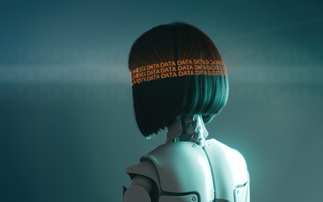Google has unveiled an AI tool that can replicate itself and compete with the human child
American tech giant Google's AutoML artificial intelligence engine has long been capable of creating AI solutions without the support of humans - and it's just completed its biggest challenge to da...
To continue reading this article...
Join Computing
- Unlimited access to real-time news, analysis and opinion from the technology industry
- Receive important and breaking news in our daily newsletter
- Be the first to hear about our events and awards programmes
- Join live member only interviews with IT leaders at the ‘IT Lounge’; your chance to ask your burning tech questions and have them answered
- Access to the Computing Delta hub providing market intelligence and research
- Receive our members-only newsletter with exclusive opinion pieces from senior IT Leaders























